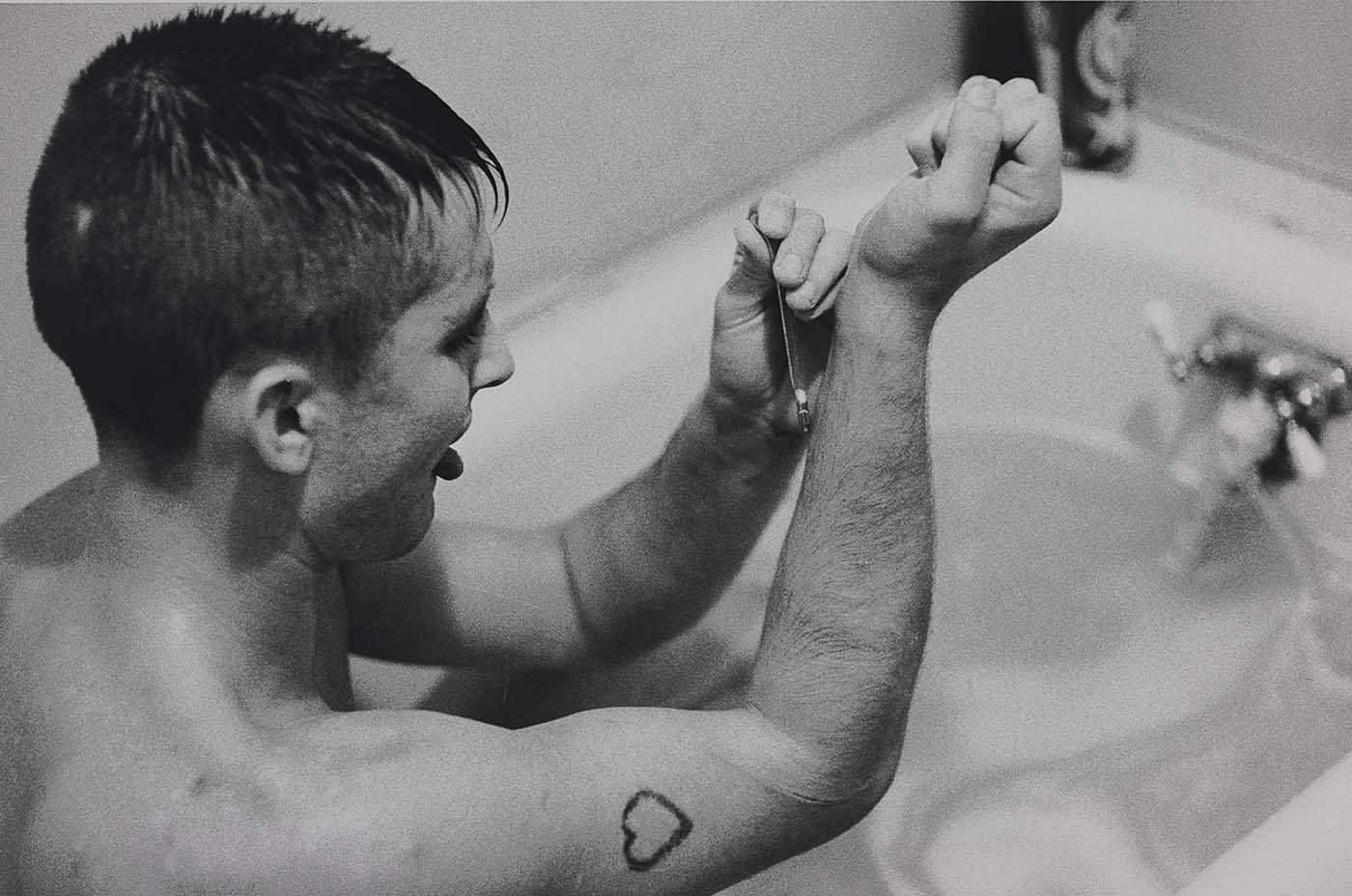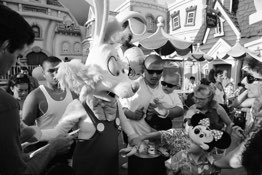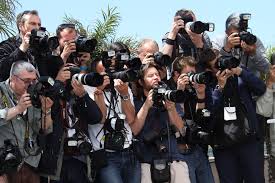
Tulsa is a series of graphic photographs of troubled youth in Tulsa, Oklahoma shot by Larry Clark. The book feature’s some very powerful images of young people in the town shooting amphetamine’s, having sex, and toting weapons. At the time he shot the photographs, Clark was a drug addict and hung out with all the kids featured in Tulsa. In fact, he opens his iconic photo-book, Tulsa, with the following quote “I was born in tulsa oklahoma in 1943. when i was sixteen i started shooting amphetamine. i shot with my friends everyday for three years and then left town but i’ve gone back through the years. once the needle goes in it never comes out.” (Clark)
Something that made Tulsa even more interesting and shocking to many was the fact that the photos were shot in the suburbs. Clark wasn’t simply creating an exhibit of some epidemic far away in a ghetto with black youth. Tulsa featured young white kids doing some very dangerous shit, something that we don’t see all the time.
In my opinion, putting the viewer so close to these kids is what makes Tulsa truly dynamic. It causes us to truly empathize with the kids, but more than that, it allows us to gain a different understand the issues of drug addiction, dropout rates, and violence among youth. As we can look at the demeanor of the kids in Tulsa from Clark’s perspective, it gives us a chance to understand how it feels to be addicted to drugs, the urge to have sex, or to hold that gun. A statistical report on any of these issues wouldn’t give us any insight into why kids can behave in this sort of way. Clark gives us extremely telling and graphic images, leaving truly nothing to the imagination. When we see a report of drug use in the U.S. we gain no understanding of users, but when we see a raw image like the one’s featured in Tulsa it shakes us to our core. Tulsa is trying to draw the viewer so that he or she can have a relationship with the work, disturbing as the images may be. Furthermore, we can trust Clark as a valid storyteller in this instance because he was one of them. Clark was in this scene, and was part of the phenomenon, and I think that’s part of what makes Tulsa so interesting.
Of course, with it’s featuring of hard drug use, sex, and weapons, Tulsa had some pretty hardcore critics. These critics were focused mainly on the relationship with the work that I discussed. Martin Parr and Gerry Badger said that the “incessant focus on the sleazy aspect of the lives portrayed, to the exclusion of almost anything else — whether photographed from the ‘inside’ or not — raises concerns about exploitation and drawing the viewer into a prurient, voyeuristic relationship with the work.” (Parr, Badger) However, I think this lustful and up close representation of the situation is what made Clark’s work so relevant.
After seeing Tulsa for the first time, it had the effect of making me feel like I was in Oklahoma with all these kids; next in line to hold the gun, get with the girl, or inject the needle. It made me feel uncomfortable, almost like I was about to become addicted to whatever they were shooting. However, the photographs also capture the attitude of young people so well. As Clark and these kids engage in some seriously dangerous stuff, there is no fear, just charisma. This reminded me of some of the questionable decisions I have made and continue to make in my youth, as I’m sure it did for many others. I’m pretty fascinated with addictions so I may have a totally different idea of what Tulsa meant than you did. If anyone else understood Clark’s work a completely different way, add a comment below.
Sources: “Larry Clark: Tulsa” “Parr, Martin, and Gerry Badger. The Photobook”







